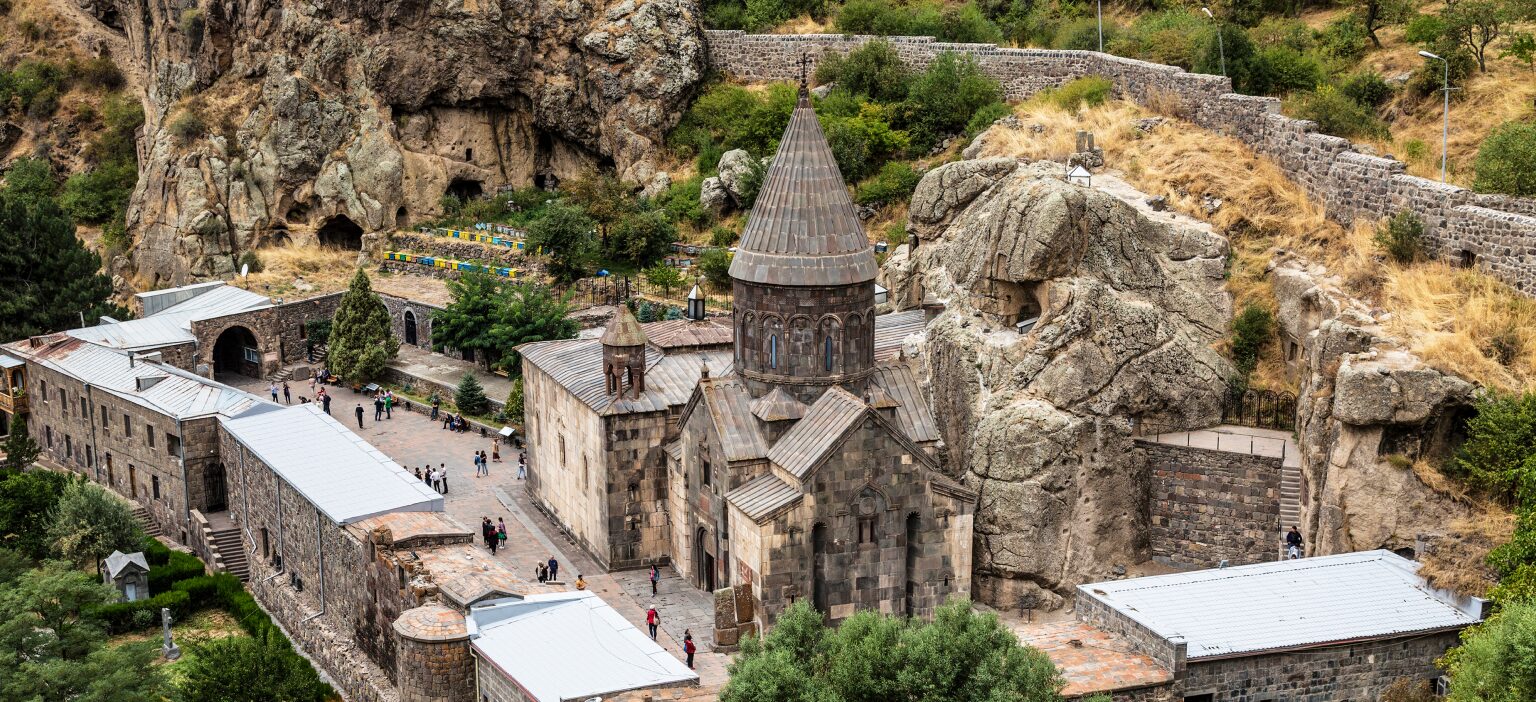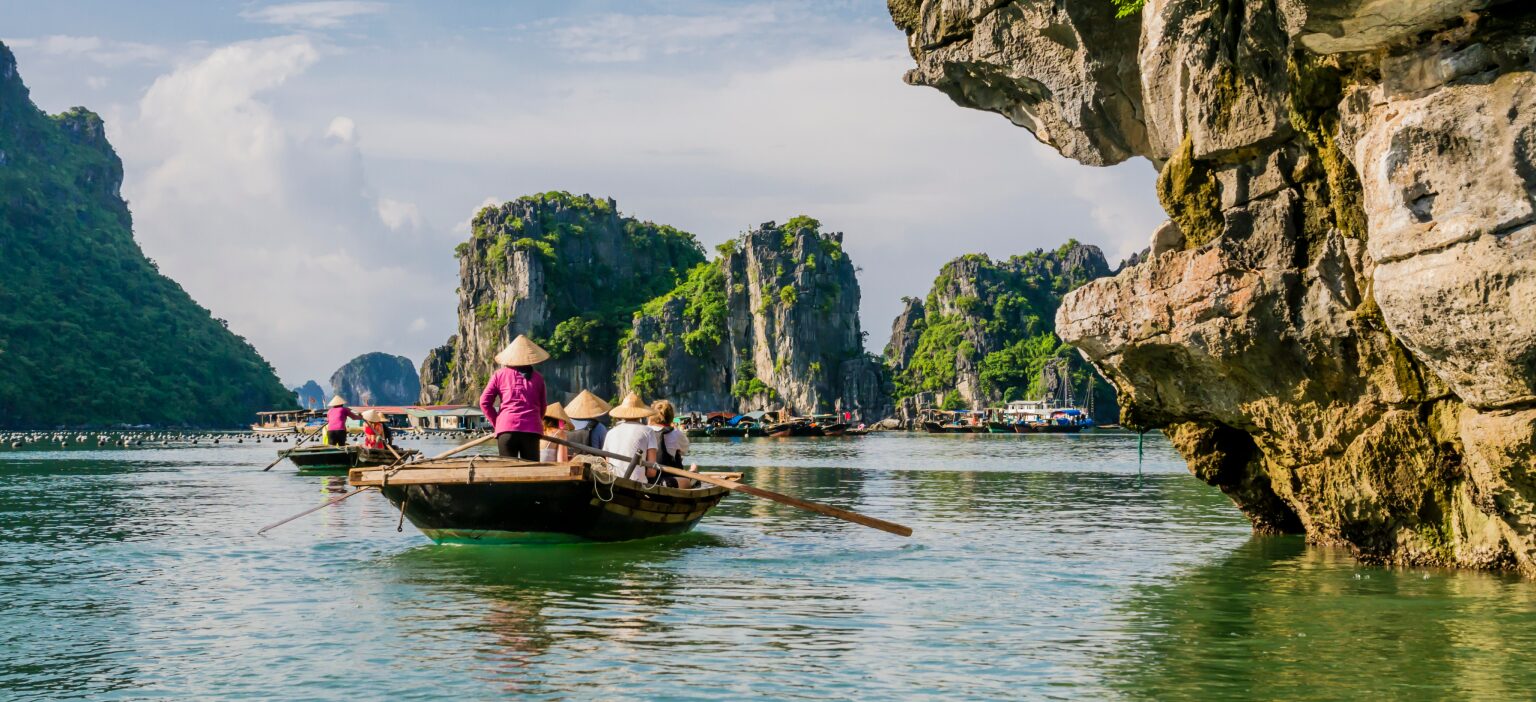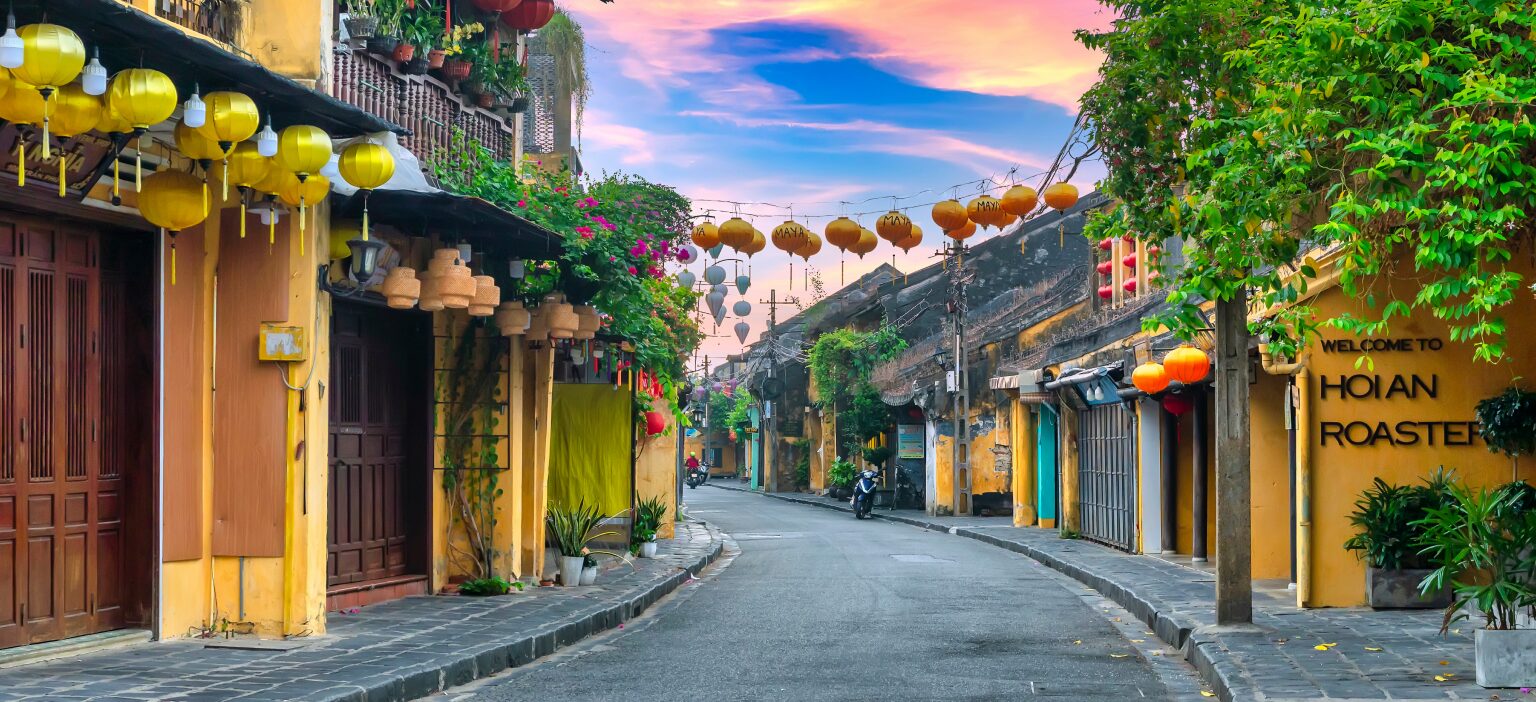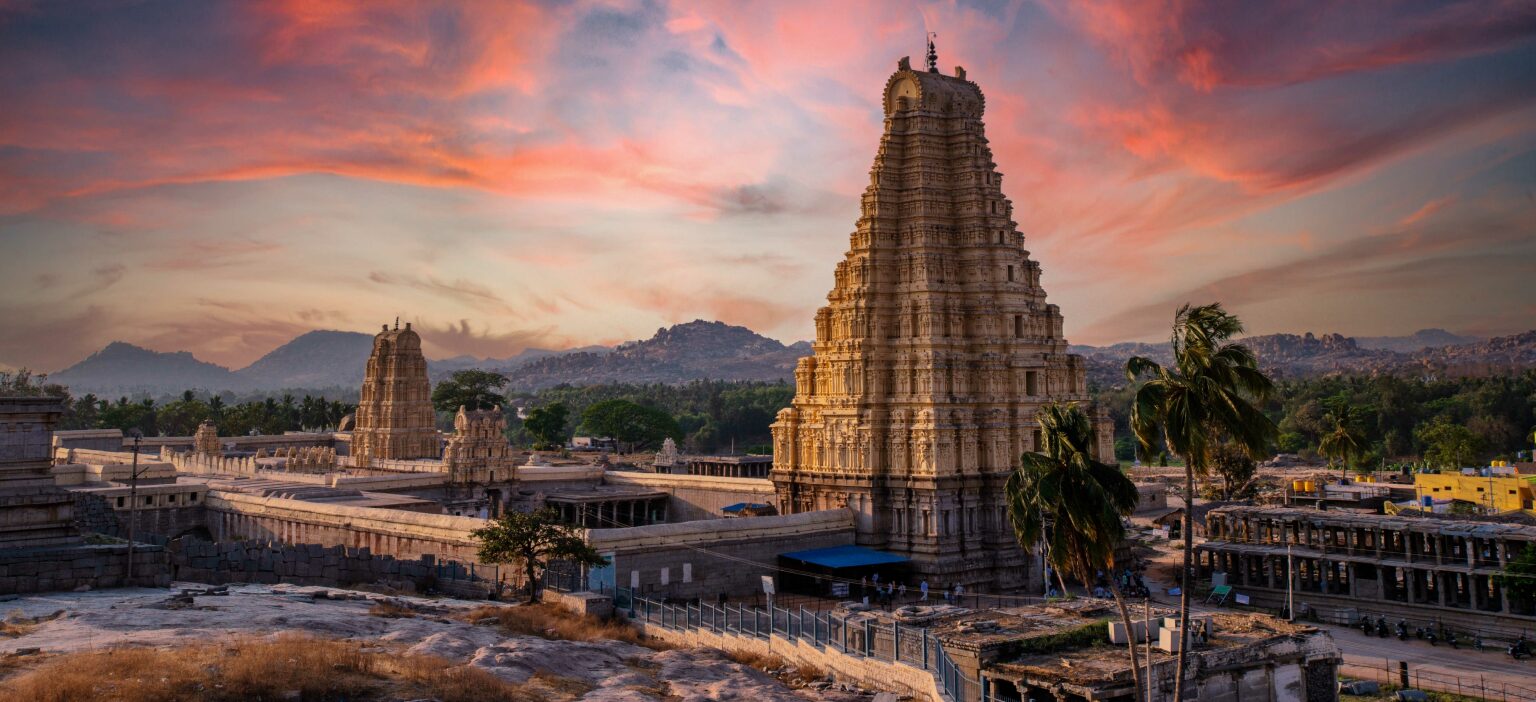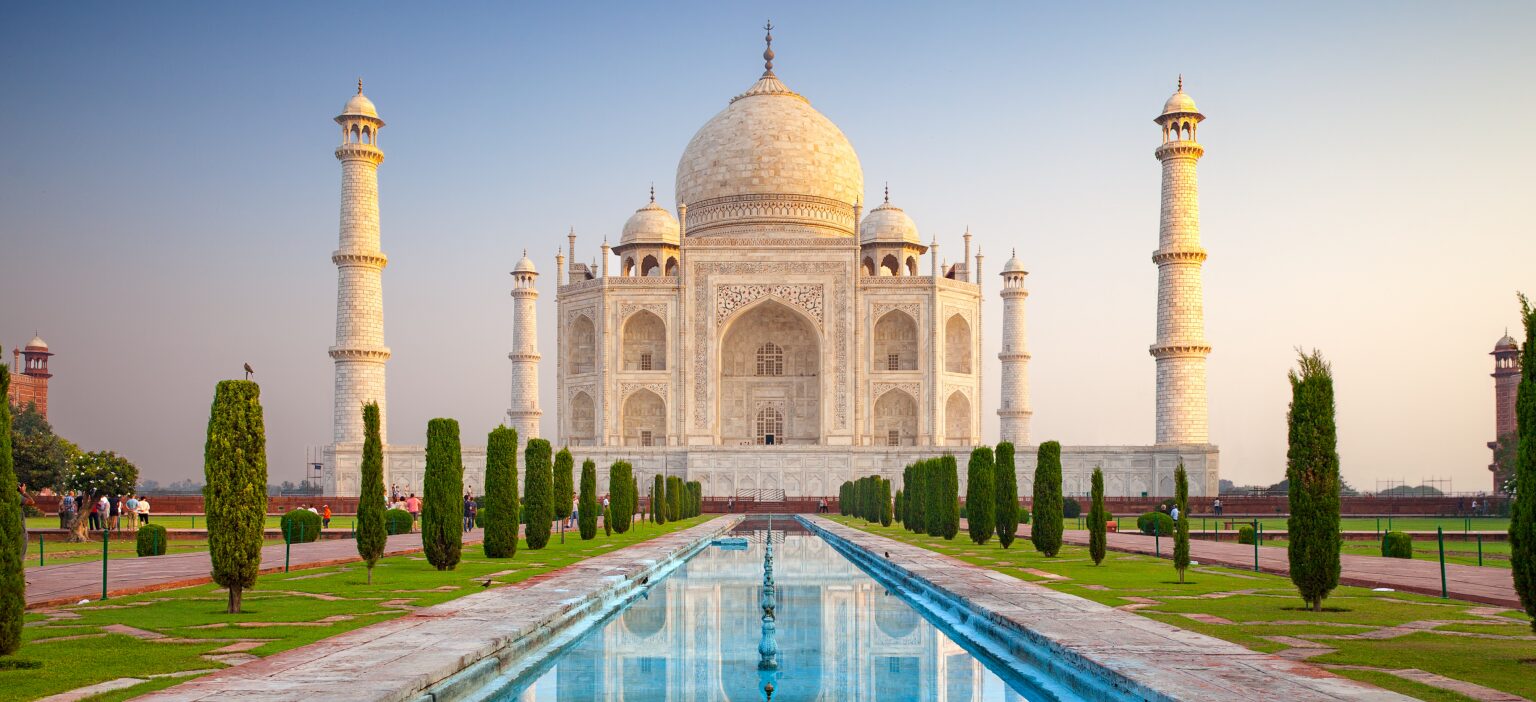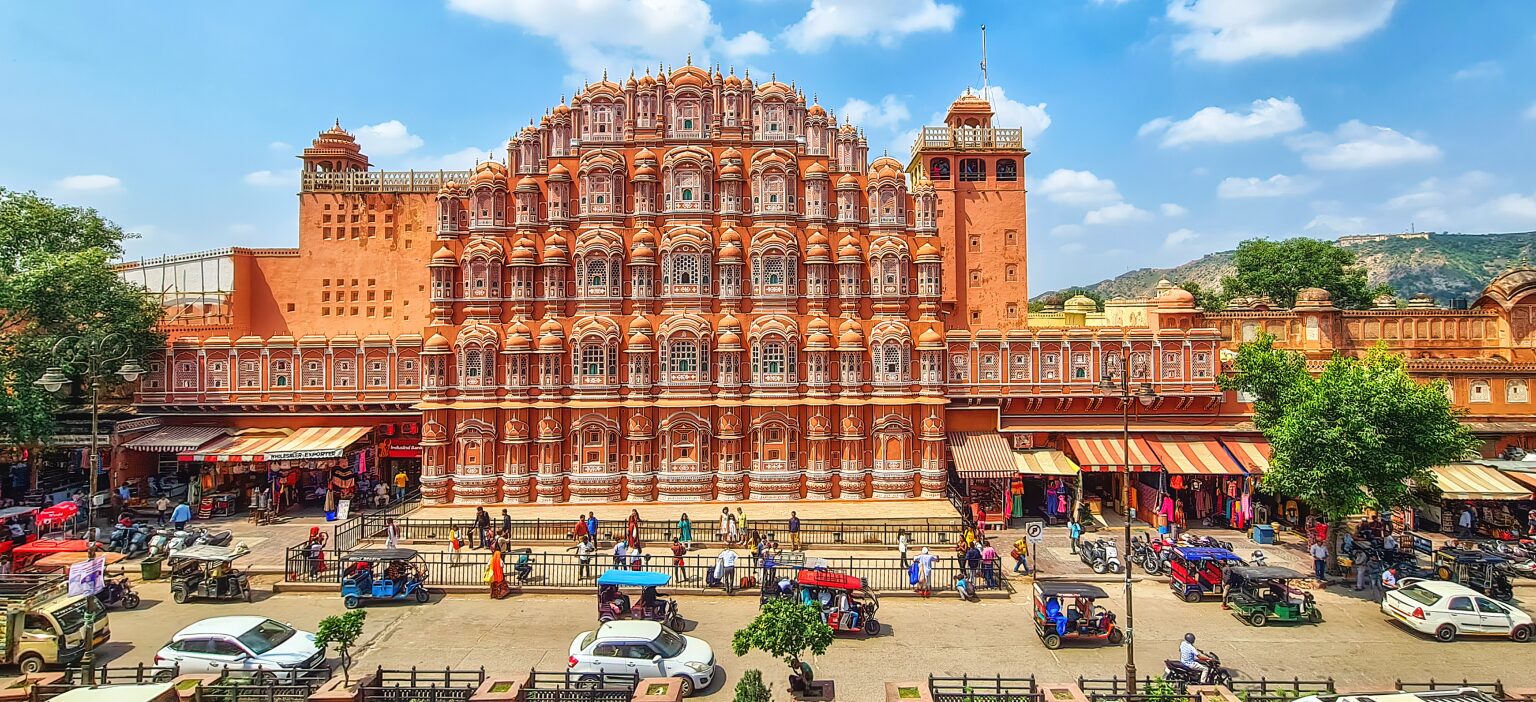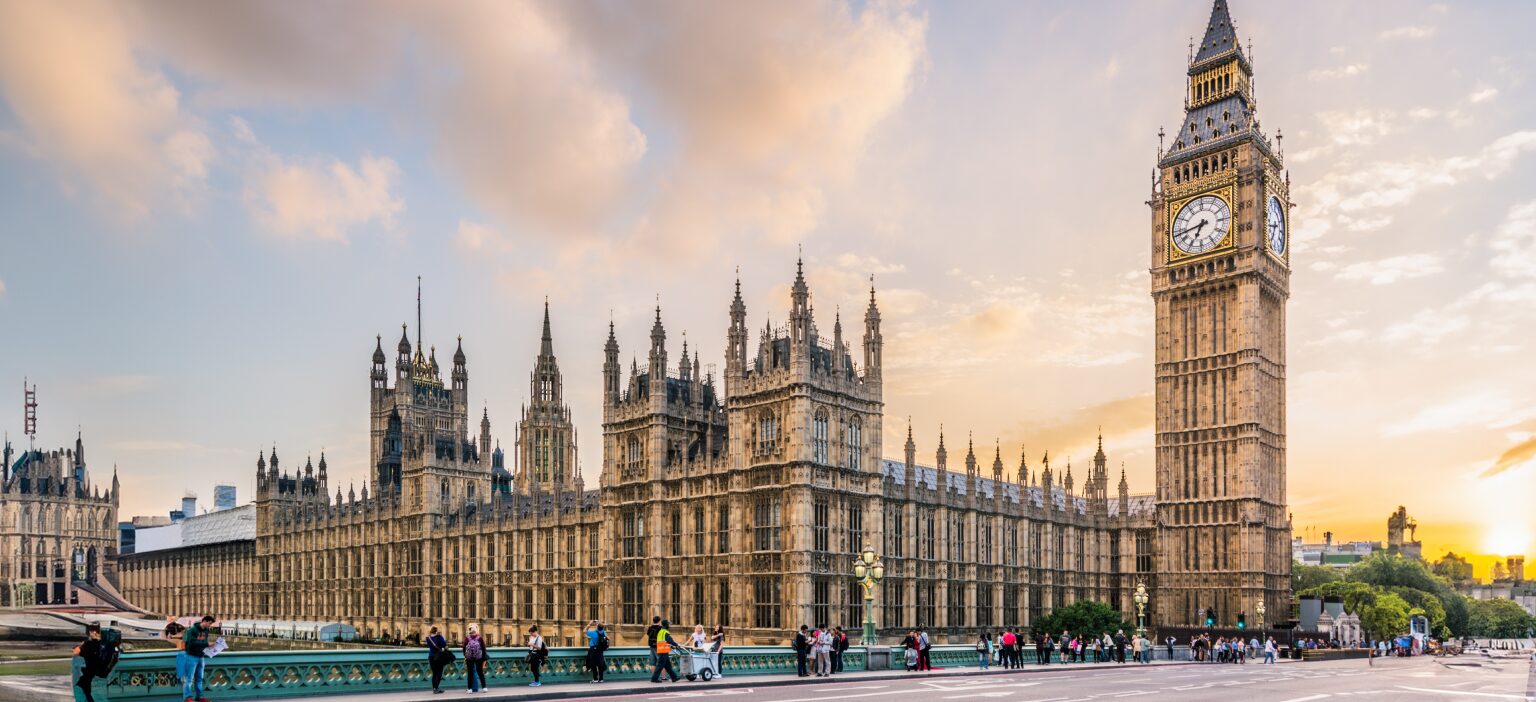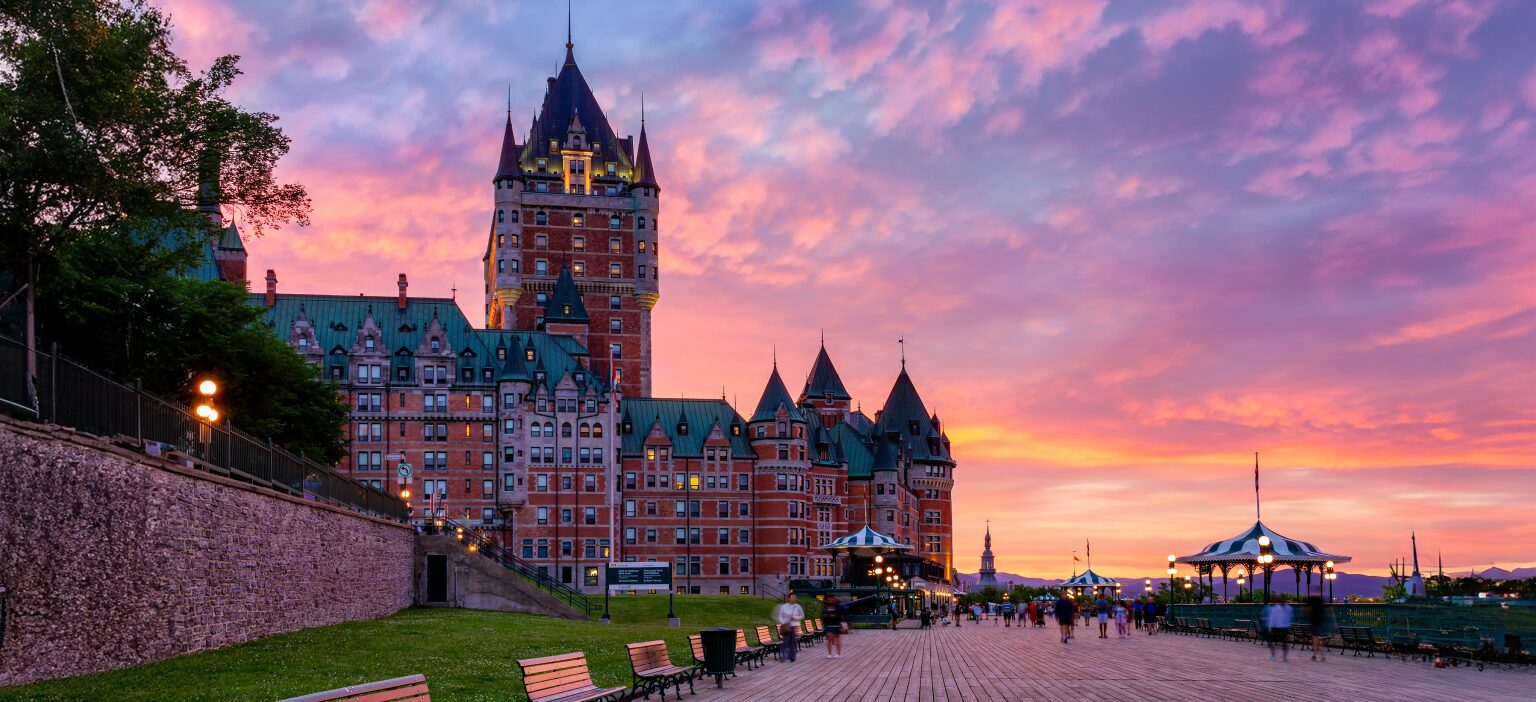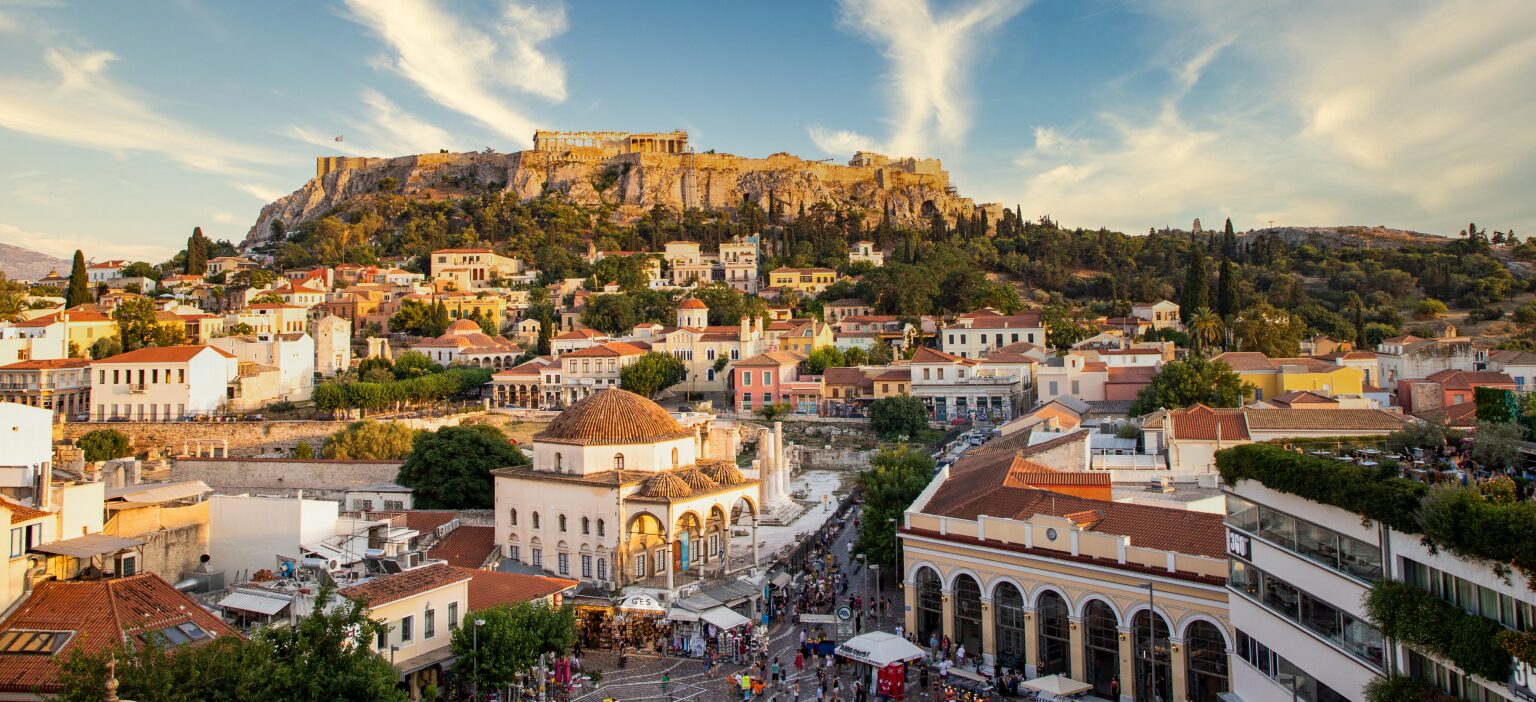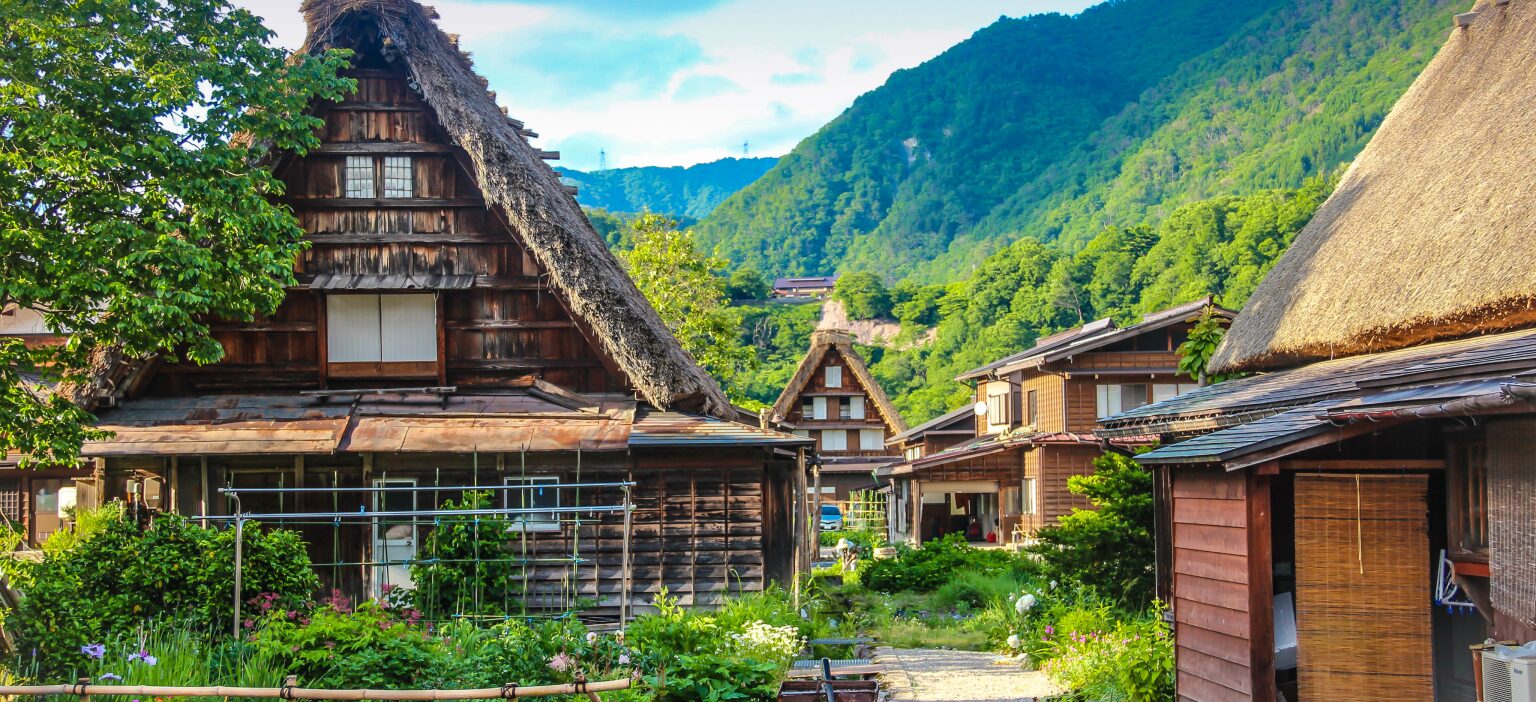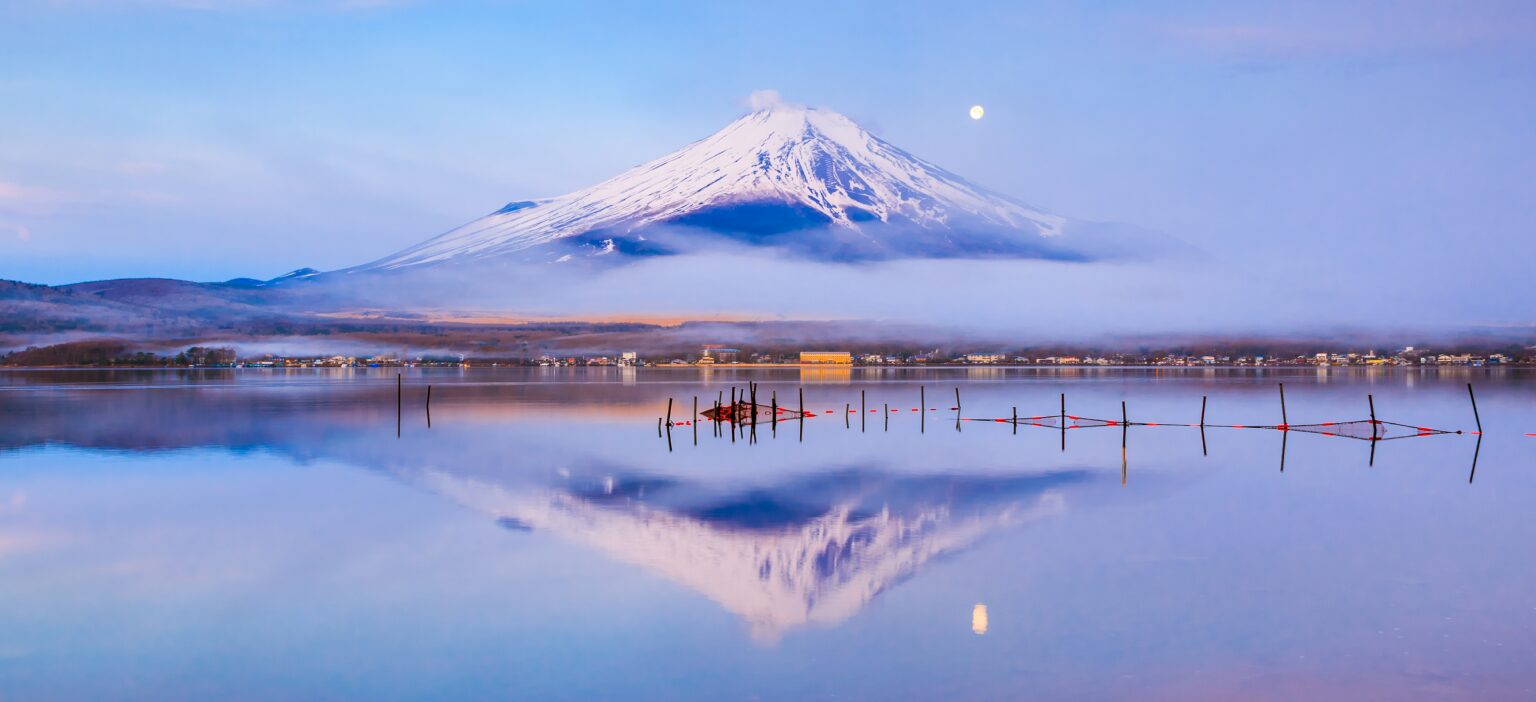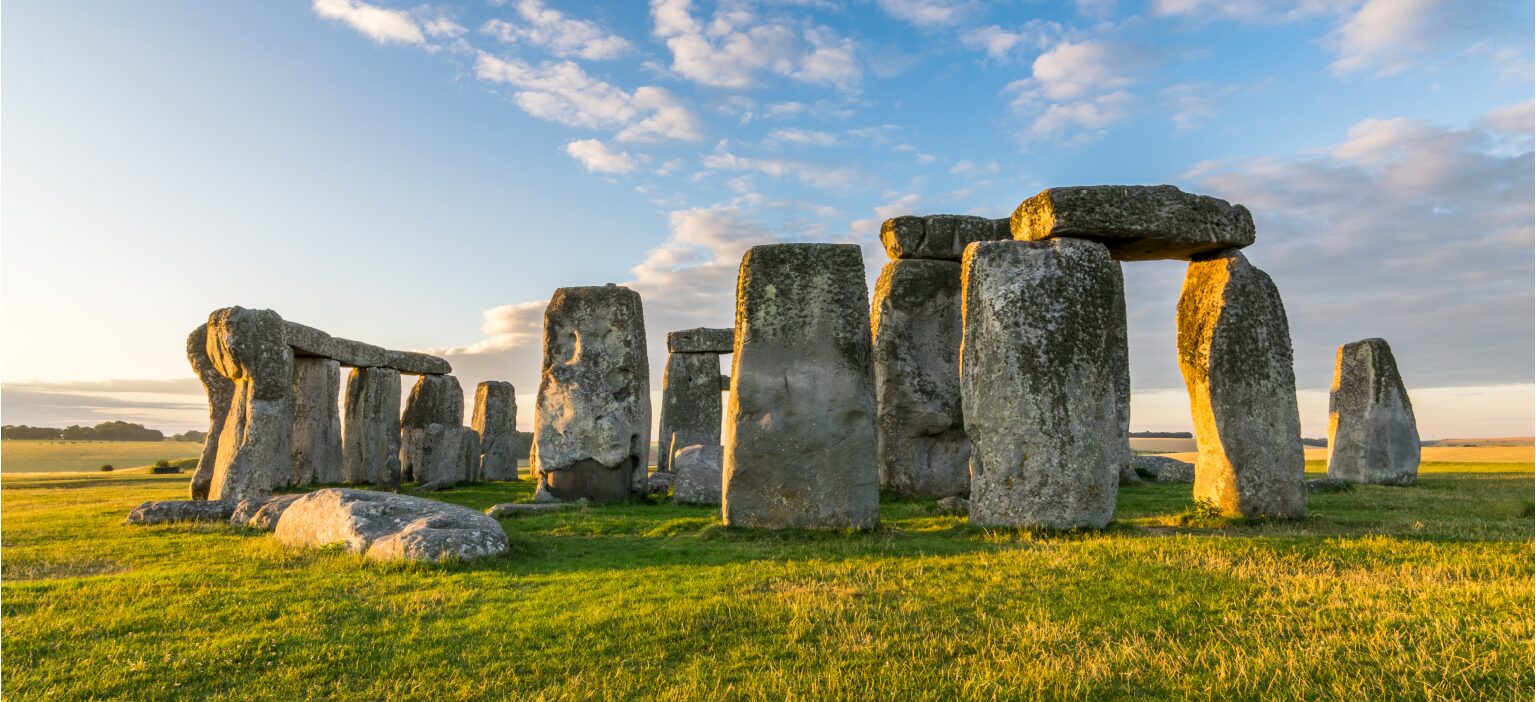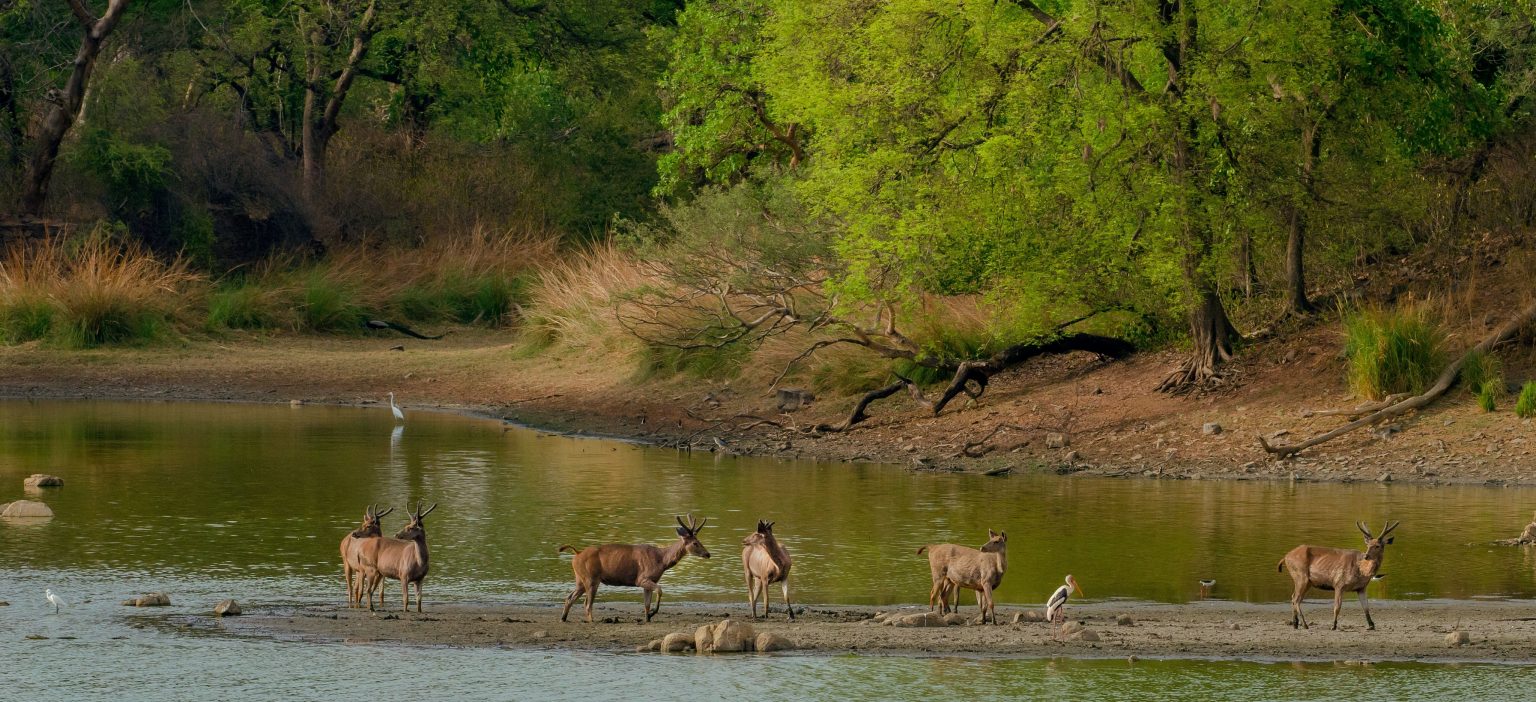UNESCO World Heritage Sites represent some of the most historically, culturally, and naturally significant locations worldwide. These landmarks provide invaluable insights into human civilization and Earth's stunning landscapes, making them must-visit destinations for travelers. From ancient temples and fortresses to breathtaking natural wonders, each of these sites tells a unique story.
Let’s explore the top 20 UNESCO World Heritage Sites, diving deep into their significance, history, and travel insights.
1. Geghard Monastery, Armenia
Carved directly into the cliffs of the Azat River Gorge, Geghard Monastery is a masterpiece of medieval Armenian architecture. Dating back to the 4th century, it became famous for housing the spear that pierced Christ’s side, known as the Holy Lance.
- Why Visit? The monastery’s rock-hewn chapels and intricate carvings make it a stunning spiritual site.
- UNESCO Significance: Recognized for its blend of nature and architecture.
- Travel Tip: Pair your visit with Garni Temple, a nearby Greco-Roman marvel..
2. Ha Long Bay, Vietnam
A natural wonder of emerald waters and towering limestone karsts, Ha Long Bay is a breathtaking seascape shaped over millions of years. It is home to over 1,600 limestone islands, many with hidden caves and floating fishing villages.
- Why Visit? Take an overnight cruise to explore the bay’s most beautiful spots.
- UNESCO Significance:
Protected for its unique geological formations and marine biodiversity. - Best Time to Visit: October to April, when the skies are clear, and the sea is calm.
3. Hoi An Ancient Town, Vietnam
A trading hub from the 15th century, Hoi An preserves its Chinese, Japanese, and European influences in its architecture and traditions. It is best known for its lantern-lit streets, well-preserved merchant houses, and vibrant markets.
- Why Visit? Walk through Japanese Covered Bridge, Tan Ky House, and the riverside cafes.
- UNESCO Significance: Recognized for its intact blend of cultures.
- Must-Do: Visit during the Lantern Festival for a magical experience.
4. Virupaksha Temple, Karnataka, India
Located in Hampi, this 7th-century temple stands as one of the oldest functioning temples in India. Its towering gopuram (gateway tower), detailed carvings, and sacred shrines highlight Vijayanagara architecture.
- Why Visit? Marvel at the monolithic Nandi sculpture and the stone chariot.
- UNESCO Significance: Part of the Hampi Group of Monuments.
- Best Time to Visit: November to February, for pleasant weather.
5. Taj Mahal, India
A symbol of eternal love, the Taj Mahal is an ivory-white Mughal masterpiece built by Emperor Shah Jahan for his wife Mumtaz Mahal.
- Why Visit? Witness the mesmerizing sunrise reflections on the marble facade.
- UNESCO Significance: Recognized for its exceptional beauty and architectural precision.
- Nearby Attractions: Explore Agra Fort and Mehtab Bagh.
6. Jaipur City, India
The Pink City of India is a stunning blend of opulent palaces, vibrant bazaars, and grand forts. Jaipur is home to Amer Fort, Hawa Mahal, Jantar Mantar, and City Palace, showcasing Rajput and Mughal architectural brilliance.
- Why Visit? Enjoy elephant rides at Amer Fort, shop for handicrafts, and indulge in authentic Rajasthani cuisine.
- UNESCO Significance: A model of well-planned city design.
- Must-Do: Visit Johari Bazaar for gemstones and souvenirs.
7. Tower of London, United Kingdom
A fortress, palace, and prison, the Tower of London has played a pivotal role in British history since the 11th century. Home to the Crown Jewels, this medieval landmark is also shrouded in ghost stories.
- Why Visit? Explore medieval armories, the infamous Bloody Tower, and legendary ravens.
- UNESCO Significance: Recognized for its historic and architectural importance.
- Travel Tip: Arrive early to see the Crown Jewels without long queues.
8. Old Quebec City, Canada
A European-style city in North America, Old Quebec is filled with cobblestone streets, fortified city walls, and 17th-century architecture.
- Why Visit? Explore Château Frontenac, Place Royale, and Quartier Petit Champlain.
- UNESCO Significance: The only fortified city north of Mexico.
- Best Time to Visit: Winter for the magical Christmas markets.
9. Acropolis of Athens, Greece
A symbol of classical Greek civilization , the Acropolis is home to the Parthenon, Erechtheion, and Temple of Athena Nike.
- Why Visit? Learn about ancient democracy and Greek mythology.
- UNESCO Significance: Represents the golden age of Athens.
- Best Views: Sunset from Areopagus Hill.
10. Machu Picchu, Peru
A breathtaking Inca citadel hidden in the Andes, Machu Picchu offers an unparalleled blend of history and natural beauty.
- Why Visit? Hike the Inca Trail for a once-in-a-lifetime adventure.
- UNESCO Significance: A masterpiece of Incan engineering.
- Preservation Efforts: Visitor limits help protect this wonder.
11. Meteora, Greece
The Meteora Monasteries, perched atop towering rock formations, are an architectural and spiritual marvel. Built between the 14th and 16th centuries, they were once home to hermit monks seeking solitude.
- Why Visit? Hike to the monasteries for breathtaking views.
- UNESCO Significance: A testament to monastic life and human ingenuity.
- Best Time to Visit: Spring and autumn for mild weather.
12. Sagrada Familia, Barcelona, Spain
Designed by Antoni Gaudí, the Sagrada Familia is a still-unfinished masterpiece combining Gothic and Art Nouveau elements.
- Why Visit? Marvel at its stained-glass windows and intricate facades.
- UNESCO Significance: Recognized for pioneering architectural techniques.
- Travel Tip: Book tickets in advance to avoid long queues.
13. Shirakawa-go Village, Japan
A stunning rural village known for its traditional thatched-roof houses, Shirakawa-go offers a glimpse into Japan’s historic countryside life.
- Why Visit? Experience its charming winter scenery when houses are covered in snow.
- UNESCO Significance: Preserves ancient Japanese agricultural heritage.
- Best Time to Visit: Winter for the light-up festival.
14. Mount Fuji, Japan
A sacred symbol of Japan, Mount Fuji has inspired countless artworks, literature, and pilgrimages.
- Why Visit? Climb the Fuji Five Lakes Trail for incredible views.
- UNESCO Significance: Represents cultural and natural heritage.
- Best Time to Visit: July to September for hiking.
15. Stonehenge, UK
A mystical stone circle dating back 5,000 years, Stonehenge remains one of the world's greatest prehistoric enigmas.
- Why Visit? Witness the Summer Solstice sunrise alignments.
- UNESCO Significance: A key Neolithic cultural site.
- Travel Tip: Arrive early morning for fewer crowds.
16. The Fortified City of Carcassonne, France
Carcassonne is a stunning medieval fortress located in the Languedoc region of France . Known for its double-walled fortifications, towers, and drawbridges, this historic city dates back to the Gallo-Roman era and was a major stronghold during the Albigensian Crusade.
- Why Visit? Walk along the ramparts, visit the Château Comtal, and explore the narrow cobbled streets filled with medieval charm.
- UNESCO Significance: Recognized for its exceptionally well-preserved medieval military architecture.
- Best Time to Visit: Spring or early autumn, when the crowds are smaller, and the weather is pleasant.
- Travel Tip: Visit at night when the fortress is illuminated, creating a magical fairytale-like ambiance.
17. Great Barrier Reef, Australia
The Great Barrier Reef, the world’s largest coral reef system, stretches over 2,300 kilometers along the northeast coast of Australia. It is home to over 1,500 species of fish, 400 types of coral, sea turtles, and dugongs.
- Why Visit? Go snorkelling or scuba diving to witness the reef's colourful marine life up close.
- UNESCO Significance: Protected for its extraordinary biodiversity and ecological importance.
- Best Time to Visit: May to October, when the water is calm, and visibility is excellent.
- Conservation Note: Climate change and coral bleaching are major threats to the reef, making responsible tourism crucial.
18. Lake Nakuru, Kenya
A birdwatcher’s paradise, Lake Nakuru National Park is famous for its huge flocks of flamingos, which turn the lake’s surface pink. Besides birds, the park is home to black and white rhinos, giraffes, lions, leopards, and hippos.
- Why Visit? Enjoy a safari drive around the lake to spot wildlife and breathtaking landscapes.
- UNESCO Significance: Part of the Great Rift Valley ecosystem, recognized for its rich biodiversity.
- Best Time to Visit: June to September and January to March, when wildlife is most active.
- Travel Tip: Bring binoculars for close-up views of flamingos and rare bird species.
19. The Aberdares, Kenya
The Aberdare Range is a lush, forested mountain region in central Kenya, home to rare wildlife like the elusive black leopard, forest elephants, and bongo antelopes. It is a perfect retreat for nature lovers and adventure seekers.
- Why Visit? Stay at Treetops Lodge, where Queen Elizabeth II was when she learned she had become Queen.
- UNESCO Significance: Part of Kenya’s highland ecosystem, supporting diverse flora and fauna.
- Best Time to Visit: December to March for clear skies and better wildlife viewing.
- Travel Tip: The Aberdares is cooler than other safari destinations, so pack warm clothing.
20. Serengeti National Park, Tanzania
One of the most famous wildlife destinations in the world, the Serengeti National Park is home to the Great Migration , where over 1.5 million wildebeests, zebras, and gazelles traverse the plains in search of fresh grazing lands.
- Why Visit? Witness massive herds of wildlife, predators in action, and stunning landscapes.
- UNESCO Significance: Recognized for its exceptional natural beauty and ecological importance.
- Best Time to Visit: June to October, when the Great Migration is at its peak.
- Safari Tip: Take a hot air balloon safari for a once-in-a-lifetime aerial viewof the Serengeti.
From medieval fortresses and ancient temples to breathtaking natural wonders, these 20 UNESCO World Heritage Sites highlight the incredible diversity of human history and Earth's landscapes. Each site offers a unique glimpse into the past, the present, and the natural world, making them must-visit destinations for every traveler.
Ready to Explore?
Plan your dream journey with customized UNESCO travel packages with Joy N Crew, and start checking these unmissable destinations off your bucket list!
FAQs
-
What is the best time to visit Machu Picchu?
The best time is May to September, when the weather is dry and ideal for trekking.
-
Are there any UNESCO World Heritage Sites in Kenya?
Yes, Kenya has multiple UNESCO sites, including Lake Nakuru, Fort Jesus, Lamu Old Town, and the Great Rift Valley.
-
How do I find the best travel packages for UNESCO sites?
Look for reputable travel agencies offering tailored itineraries that cover historical, cultural, and natural landmarks.
-
Are guided tours available at famous UNESCO sites?
Yes, most UNESCO sites provide knowledgeable guides to enhance the visitor experience.
-
What are the best UNESCO sites for history lovers?
History lovers should visit the Acropolis of Athens, Machu Picchu, the Tower of London, and Carcassonne.
-
What is the best time to visit the Great Barrier Reef?
The best time is May to October, when the waters are clear, and marine life is most active.
-
Which UNESCO sites offer the best wildlife experiences?
The Serengeti National Park, Lake Nakuru, The Aberdares, and Ha Long Bay are top picks for wildlife enthusiasts.
-
How can I explore Old Quebec City efficiently?
Opt for a guided walking tour to cover major landmarks like Château Frontenac and Place Royale.
-
What’s special about Meteora in Greece?
Meteora is home to monasteries built atop towering rock pillars, offering breathtaking views and a serene atmosphere.
-
Are there any entry restrictions when visiting historic sites?
Some UNESCO sites have visitor limits or require advance bookings to ensure preservation and crowd control.
These UNESCO sites capture the essence of human history and natural wonders. Ready to explore? Plan your UNESCO World Heritage adventure today!
